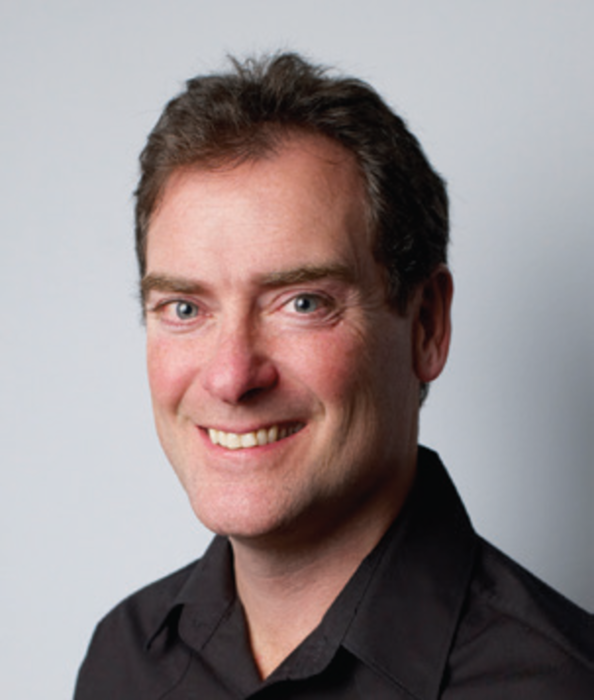Brian Sheehan, assistant professor of advertising at Syracuse University, and Saatchi & Saatchi vet, on why data and emotion are Yin and Yang.
In your book Loveworks, you discuss the concept of ‘lovemarks.’ What are they and what do they mean for brands?
In our research we asked the question, “Could you imagine your life without this brand?” Of course you can live without any brand, but people often do have two or three very strong emotional connections with certain brands that’s akin to love. People will pay more for a brand they love. We’ve found that people will use brands they trust on average 26 times per year—but they’ll use their “lovemarks” 119 times per year. That’s quite striking.
I’ve been asked the question, “How do I become a lovemark?” We don’t know the recipe, but we do know the ingredients. Although we can’t guarantee you’ll become a lovemark, we can guarantee that your chances to become one grow exponentially. One, discovery: Have an honest understanding of your relationship with your consumers. Two, exploration: This is about real insights done through ethnography and actually going out and getting involved in the lives of consumers. Three, inspiration: the ideas part—but it’s not about doing a creative brief, sliding it under the creative director’s door, and waiting three weeks. And four, traction: A campaign that is perpetuated by consumers.
What’s more important: predictive analytics or focusing on the emotional side of marketing?
There are things data can do and there are things it can’t. Isn’t love so 10 years ago? Isn’t it all about Big Data now? To that I say: I love Big Data. I live for Big Data. I teach a course in Big Data. It can get your message in front of the right people at the right time in the right place—but it can’t tell you what the right message is in the first place. You can’t figure that out looking at what websites people visit or what they say in social media, because as human beings we’re more complex than that. Big love without Big Data will never reach its potential—but Big Data without big love is a complete waste of time.
What’s the best campaign you’ve seen recently that’s had a user-generated content component?
One of the classics is “The Camry Effect,” which launched during the Super Bowl in 2011 after the massive recall. There was about $2 billion in negative publicity against Toyota because of the recall, but Camry is the bestselling car in the U.S. and owners love their cars and have a totally different opinion of the company. Toyota realized that no one wanted to hear from the company just then, so Toyota created an online forum where Camry owners could share their own positive stories.
As an agency man who’s now moved into the academic world, what’s the number one piece of advice you’d give to a young person just starting out in the industry?
So many people are continually talking about Big Data, and it’s easy for students to become convinced that they need to be mathematicians or statisticians or that they can’t be successful unless they learn code. It’s great to learn code, but marketing is not about data—it’s about what you do with the data. Don’t just look at the numbers; look at how the numbers reflect people’s lives.








